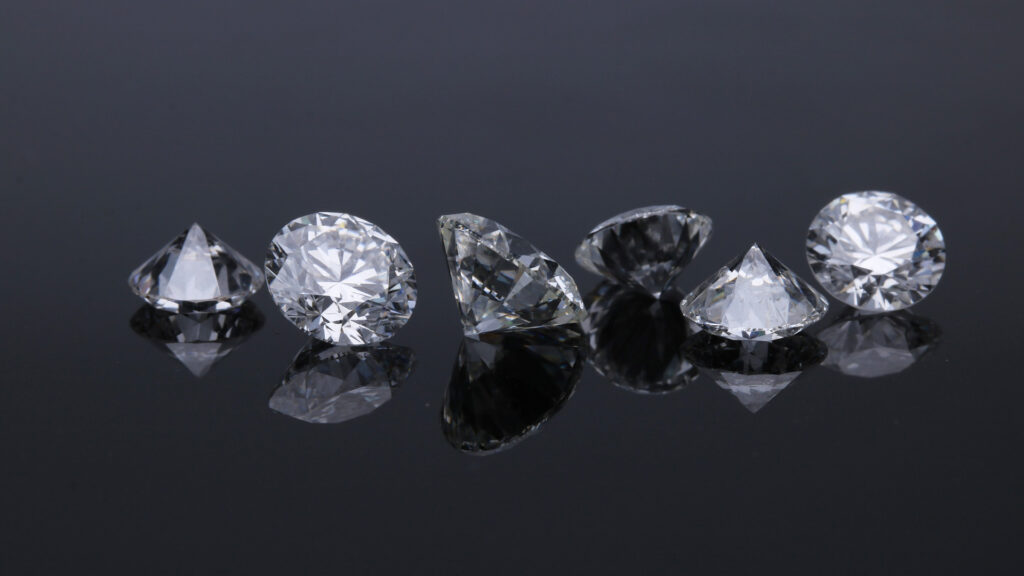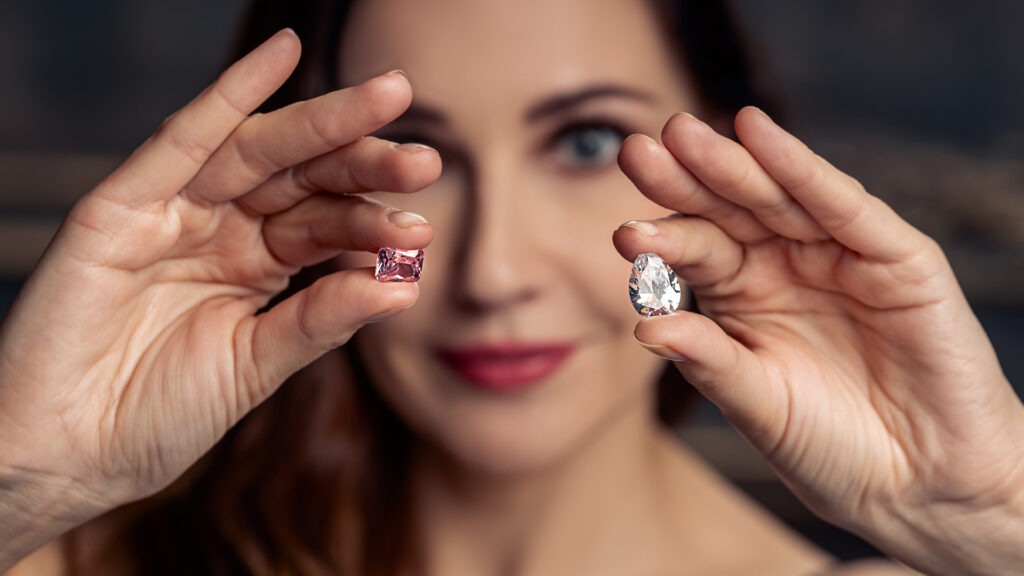Which synthetic stone should you use for your engagement ring if you made a wise choice? However, moissanite rivals or outperforms natural diamonds and cubic zirconia in many crucial areas. How do you decide which to pick?
Consumers frequently use price, colour, brilliance, and durability to evaluate stones. Let’s evaluate how they stack up against one another.
Durability
The moissanite is unquestionably the winner in this case. Mineral hardness is calculated using the Mohs scale. A diamond is at the top of the list because it receives a perfect score of 10. Moissanite, at 9.25, is very close, though. For cubic zirconia, a less-than-stellar 8.5 would be given.
Brilliance
While diamond-like in brilliance, cubic zirconia loses some of that brilliance as the stone grows larger and larger. The depth of sparkle will start to diminish in larger stones.
As opposed to diamonds, moissanite gemstones actually produce more fire and rainbow flashes due to their higher refractive index (2.65).
Colour
A slight greyish tint was associated with moissanite when it was first discovered, but thanks to technological advancements, the majority of these stones are now entirely colourless. Similar to how the colour of natural diamonds can vary depending on the location of the mine, cubic zirconia can come in a variety of colours.
Price
Comparatively speaking, moissanite costs about a fifth of what a natural diamond does. Cubic zirconia is less expensive, especially considering that it is weighted, but the vast price difference may also indicate a loss in quality. High-quality cubic zirconia typically comes with a higher price tag.



